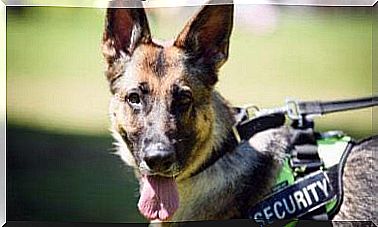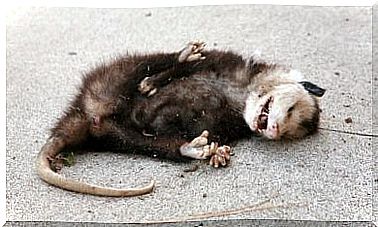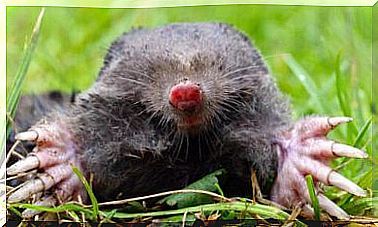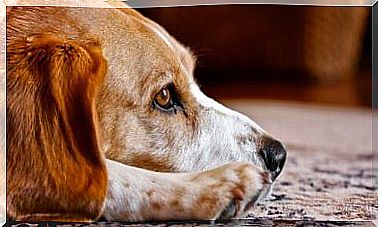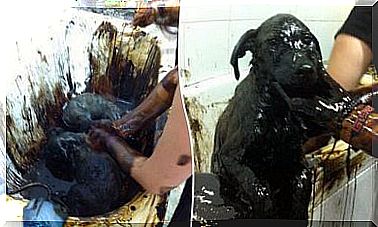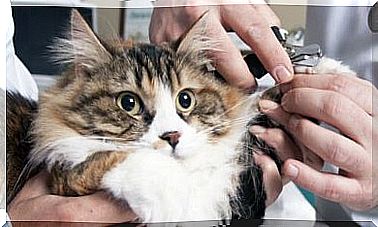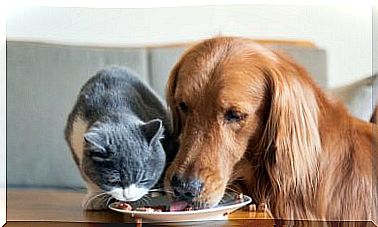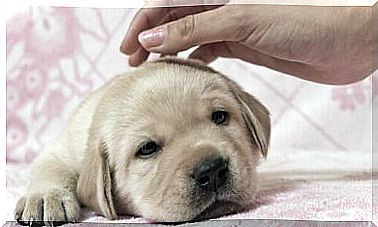The Importance Of The Acclimatization Capacity Of Farmed Animals
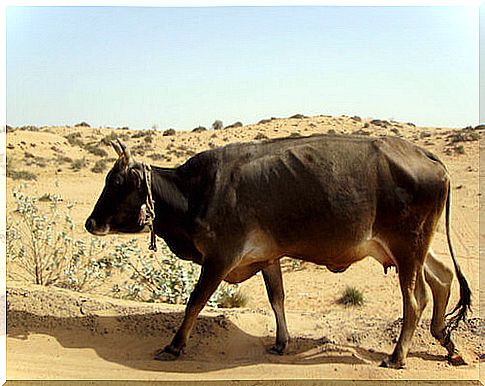
To understand what the acclimatization capacity of farmed animals is, just give a practical example: a bovine breed originating in India will adapt more easily to a warm climate than continental European breeds that live in a temperate climate. To live in the best possible conditions, animals must reach the so-called thermal equilibrium.
Starting from this assumption, the breeders analyze the climatic characteristics of the area where their farm is and then choose to breed one breed or another. An animal that is not stressed by the heat has a higher chance of remaining healthy; something that every responsible breeder should take into consideration.
The acclimatization capacity of animals
Vertebrate animals are classified into two broad categories based on their thermoregulatory capacity.
Pecilotherms or cold-blooded animals
They are amphibians, reptiles and fish whose body temperature varies according to the climatic conditions of the environment in which they live. These living beings are devoid of thermoregulatory mechanisms.
Homeotherms or warm-blooded animals
Most pets are part of this group because they have an efficient thermoregulation system. This system is quite complex, especially in mammals which have numerous body temperature regulation mechanisms.
Some of these mechanisms are physical, such as vasodilation or sweating, or chemical, such as changes in hormones and metabolism.

Thermoregulation: production and dissipation of body heat
In areas with hot climates it is necessary for animals to be able to dissipate body heat, both that produced by their body and that present in the environment. Otherwise, the body temperature would rise exponentially resulting in the death of the animal.
To avoid this, living beings must achieve a thermal equilibrium whereby the heat produced and the heat dissipated are equivalent. An animal produces heat in several ways:
- It acquires it from the outside: solar radiation and external temperatures.
- The body produces it through basal metabolism, digestion, muscle activity and many other metabolic processes.
To dissipate the stored heat, the animal uses different mechanisms of evaporation, radiation, convection and conduction. These four ways are effective if the ambient temperature is low enough.
Therefore, when the ambient temperature rises above the body temperature, the thermoregulatory mechanisms start not working as they should. An animal that is not acclimatized to the environment is unable to live well.
The acclimatization capacity of cattle
Animals retain energy from solar radiation. In some cases, the level is equal to or greater than the energy expenditure produced by the basal metabolic rate. In cattle, there are many factors that influence heat retention.
For example, cows with a dark coat retain much more heat than those with a light coat. Hence, in warm and humid tropical and subtropical climates, cattle breeds with light and bright colors are most appropriate. On the other hand, at high altitudes, breeds with dark coats are able to live better because they retain more heat. In this way, they can live in environments with lower temperatures.
The mantle and heat dissipation
In general, we can distinguish two types of coat:
- Short-haired. It is made up of primary hair follicles which have associated sweat glands. In this way, the animal can expel a greater amount of water through sweat and with it the excess temperature. This is the typical coat of breeds that have developed their ability to acclimatise to hot climates.
- Long-haired. It consists of primary and secondary follicles with fewer sweat glands and smaller in size. It is the typical coat of continental cattle. This cloak creates an insulating layer between the skin and the external environment. This allows the animal to retain humidity and temperature. This is the typical coat of breeds that have developed their ability to acclimatize to cold climates.
The importance of sweating in the acclimatization capacity of farm animals
Sweat glands play a vital role in heat dissipation. They affect its quantity and distribution on the body. Sweating is the most common way that cattle use to thermoregulate; unlike panting which is used to a greater extent by other pets.
An animal’s skin type determines the number of its sweat glands. Perhaps more important than the quantity is that the glands are located near the surface of the skin; as happens, for example, in the zebus.
Size and physical conformation of cows
Cows that have adapted to hot areas have a much leaner body, a greater distance between the withers and the breastbone and a raised belly. This physical conformation, which has a larger body surface, allows these animals to adapt more easily to high temperatures. In this way, they are able to dissipate more heat.
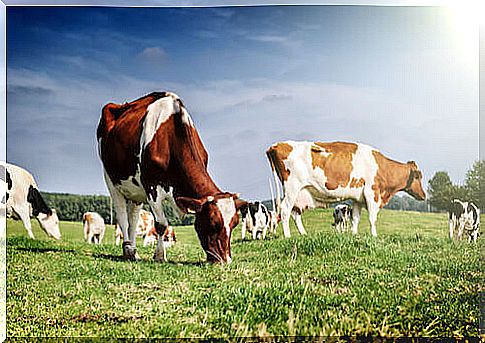
Does the acclimatization capacity of animals affect the choices of farmers?
Based on the geographical location of the farm, forward-thinking breeders take many factors into account before choosing their livestock.
Therefore, as we have seen, the size of the animal, its physical conformation and the length and color of the coat are all factors that influence the acclimatization capacity of the animals. Only an animal capable of achieving thermal equilibrium will be able to survive extreme climates and temperatures. Today, breeders take all of these factors into account before choosing their livestock.
